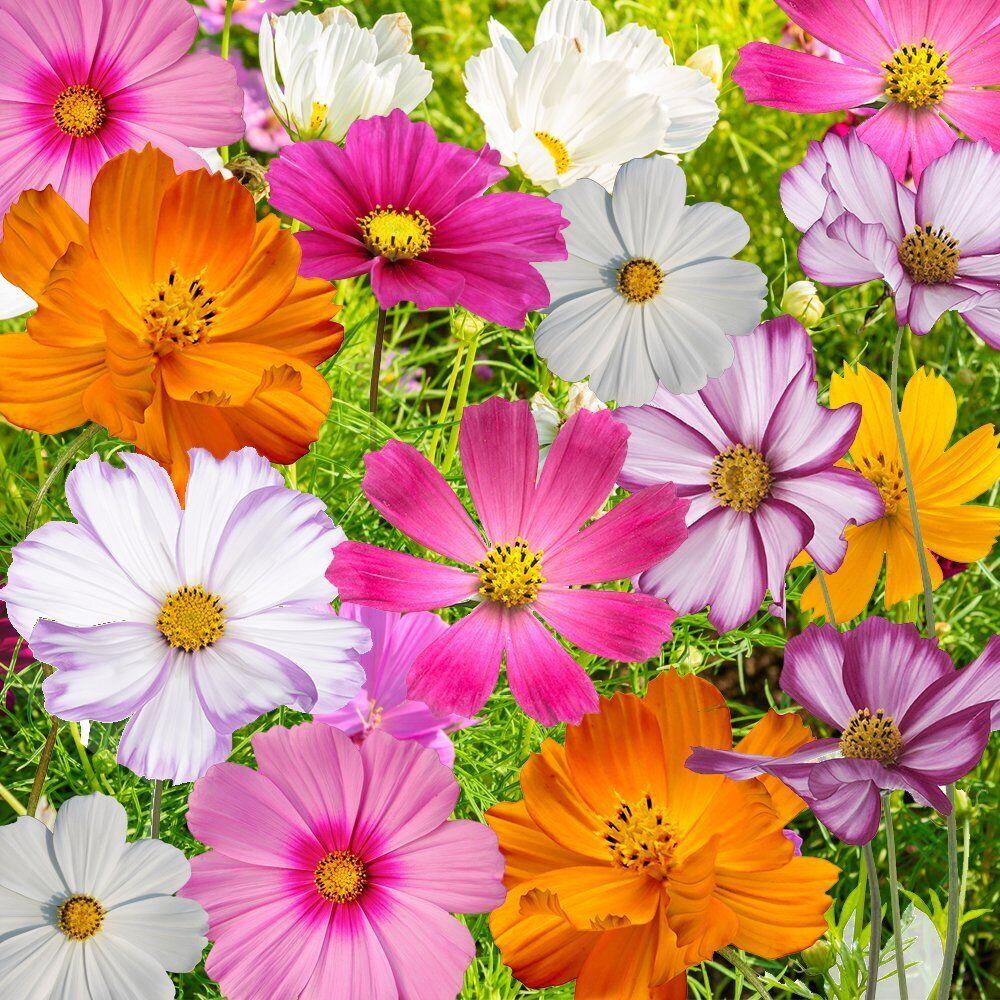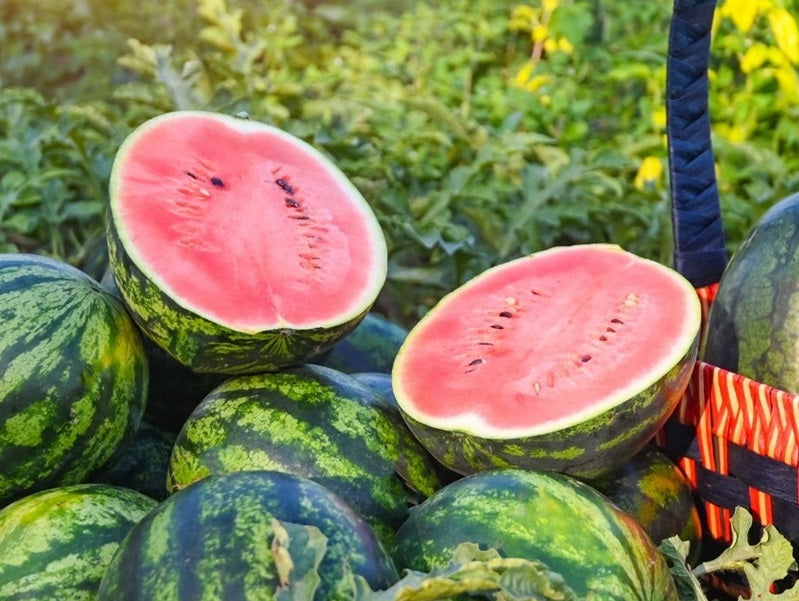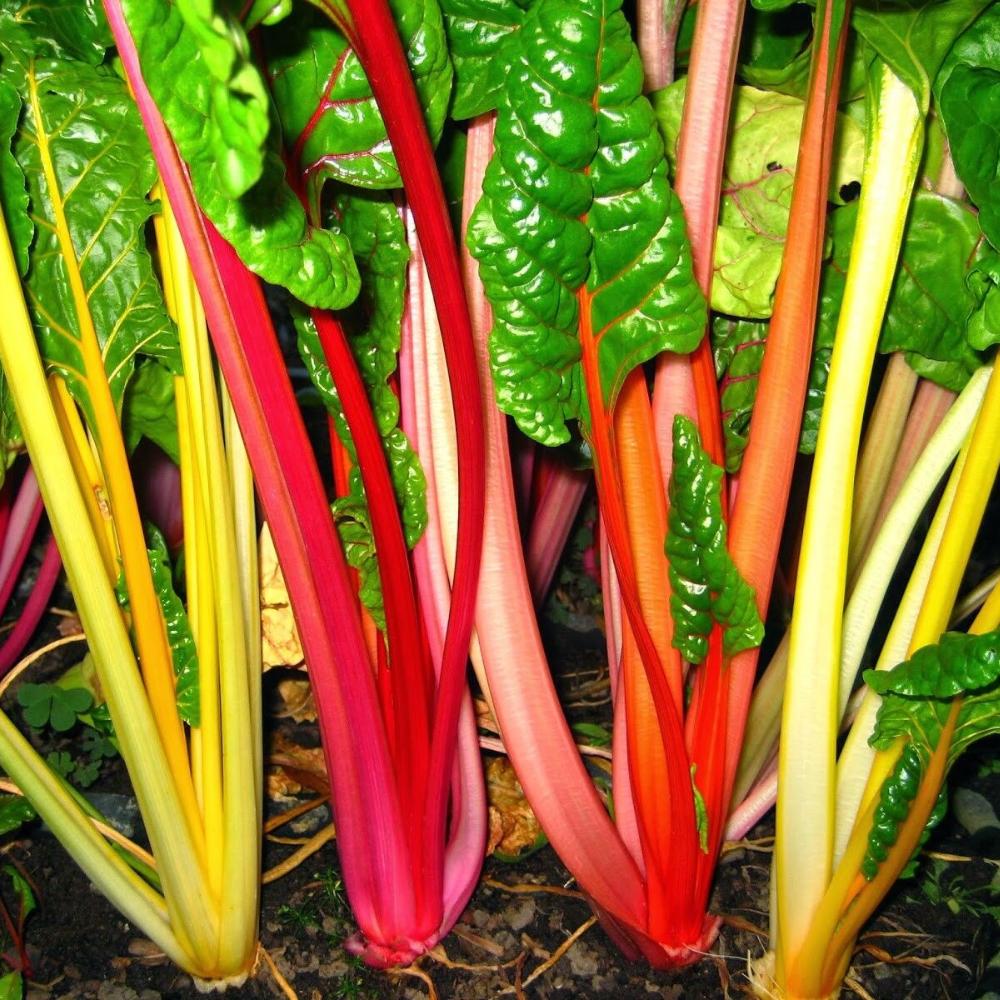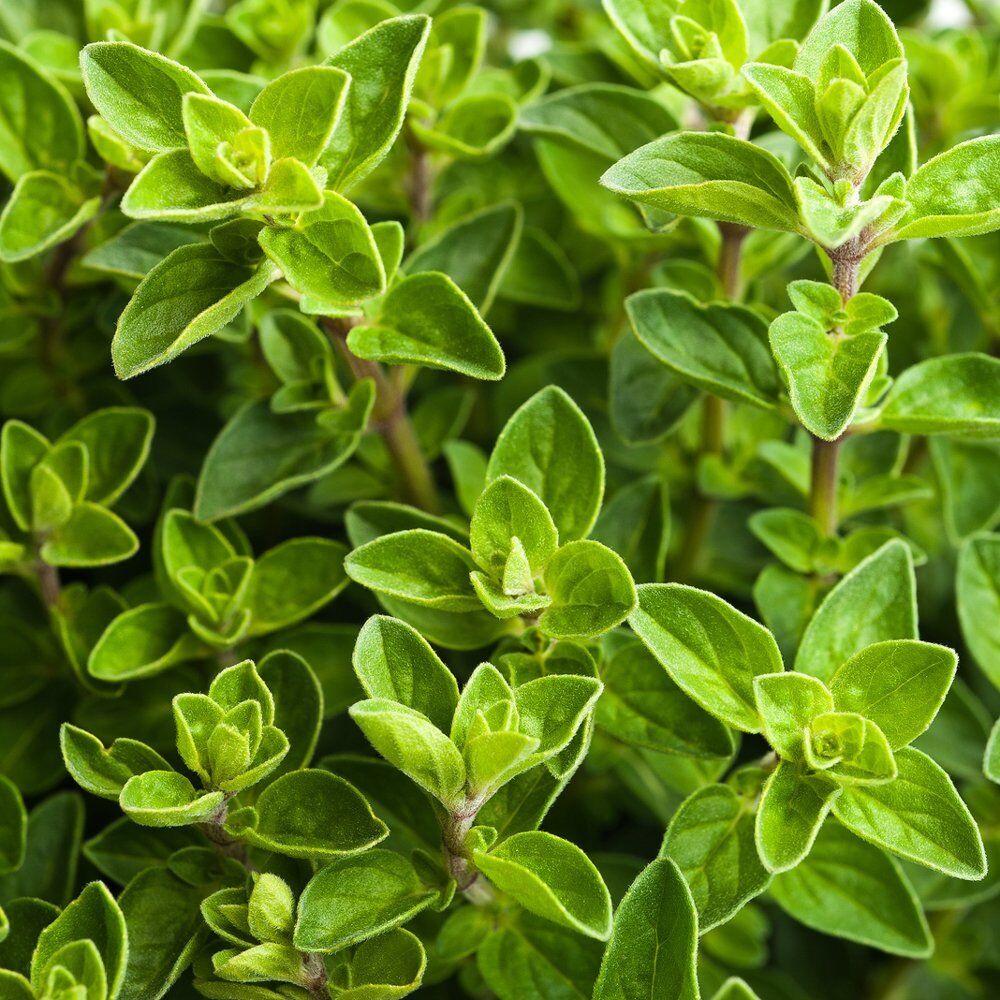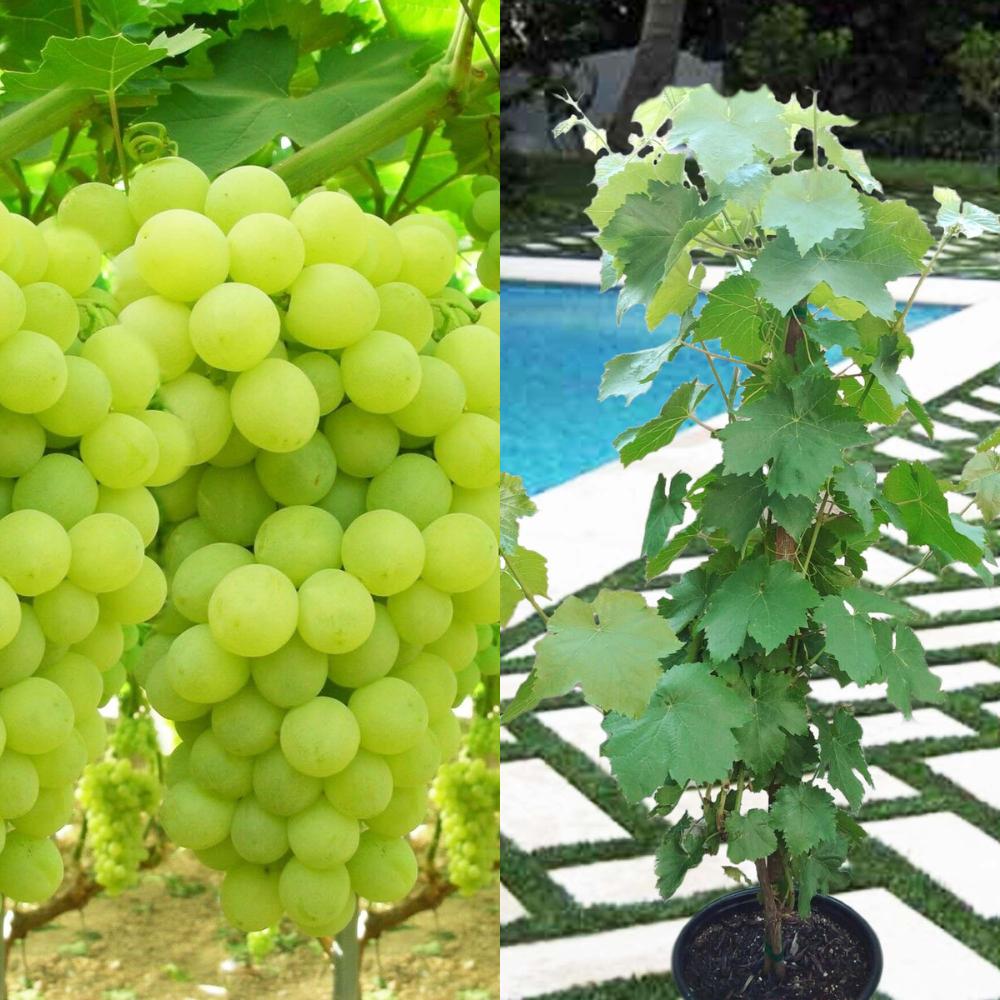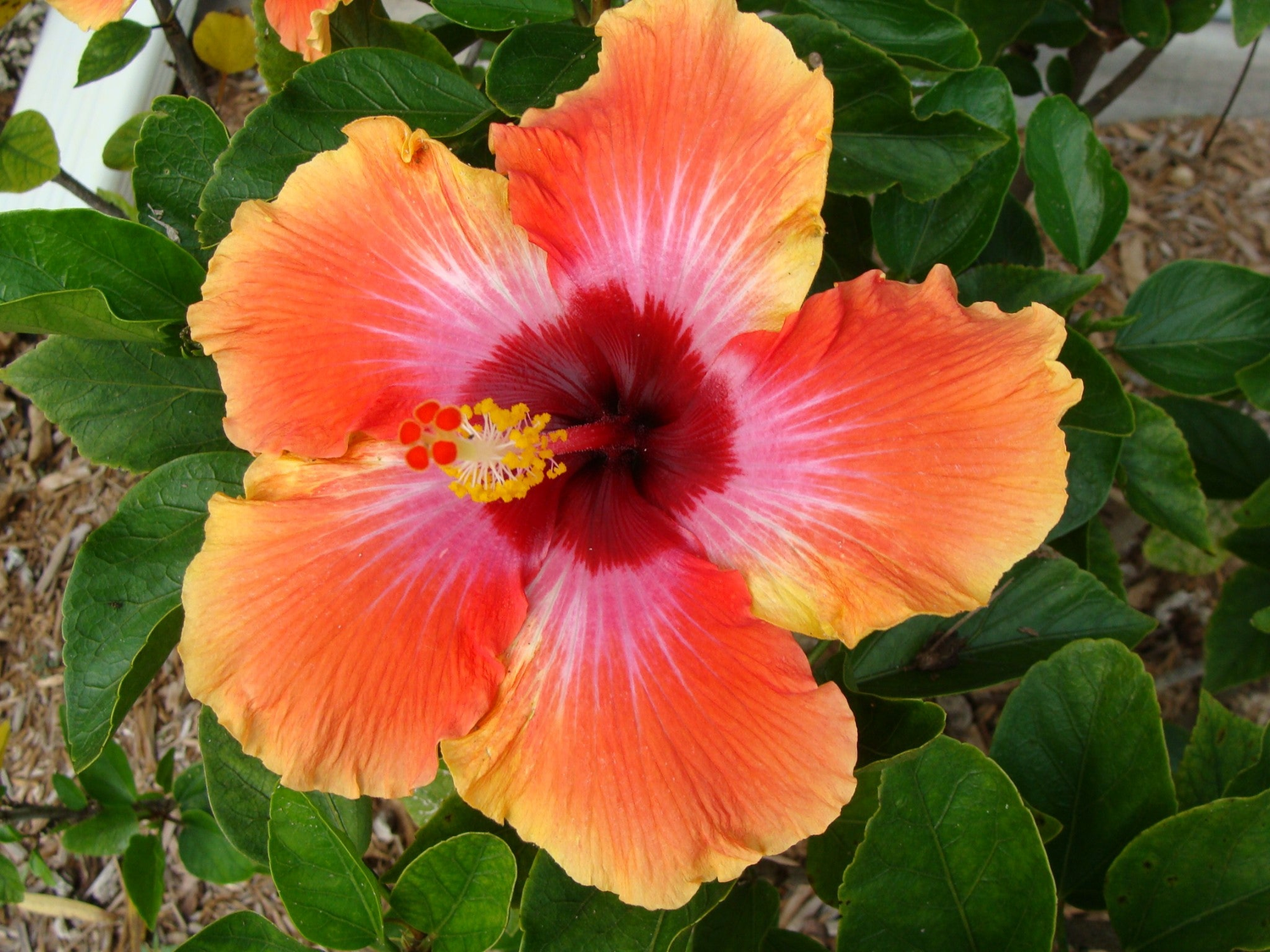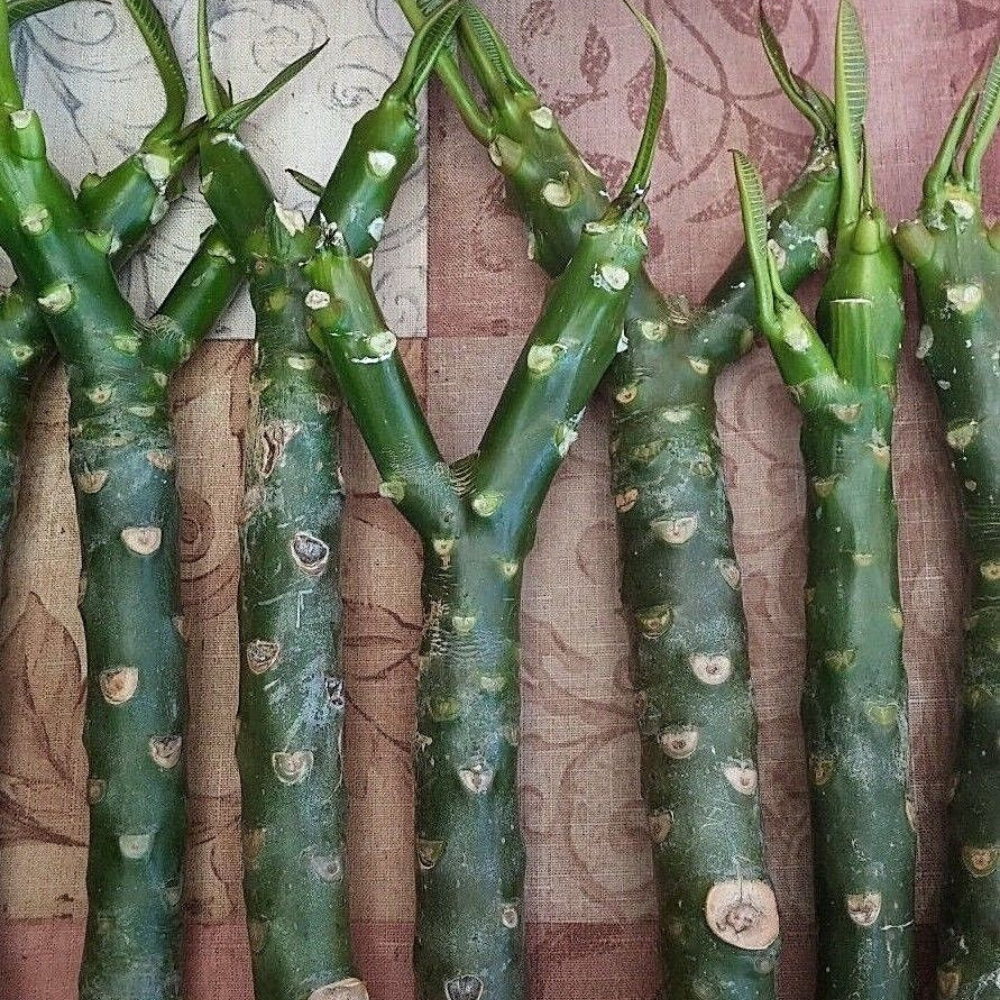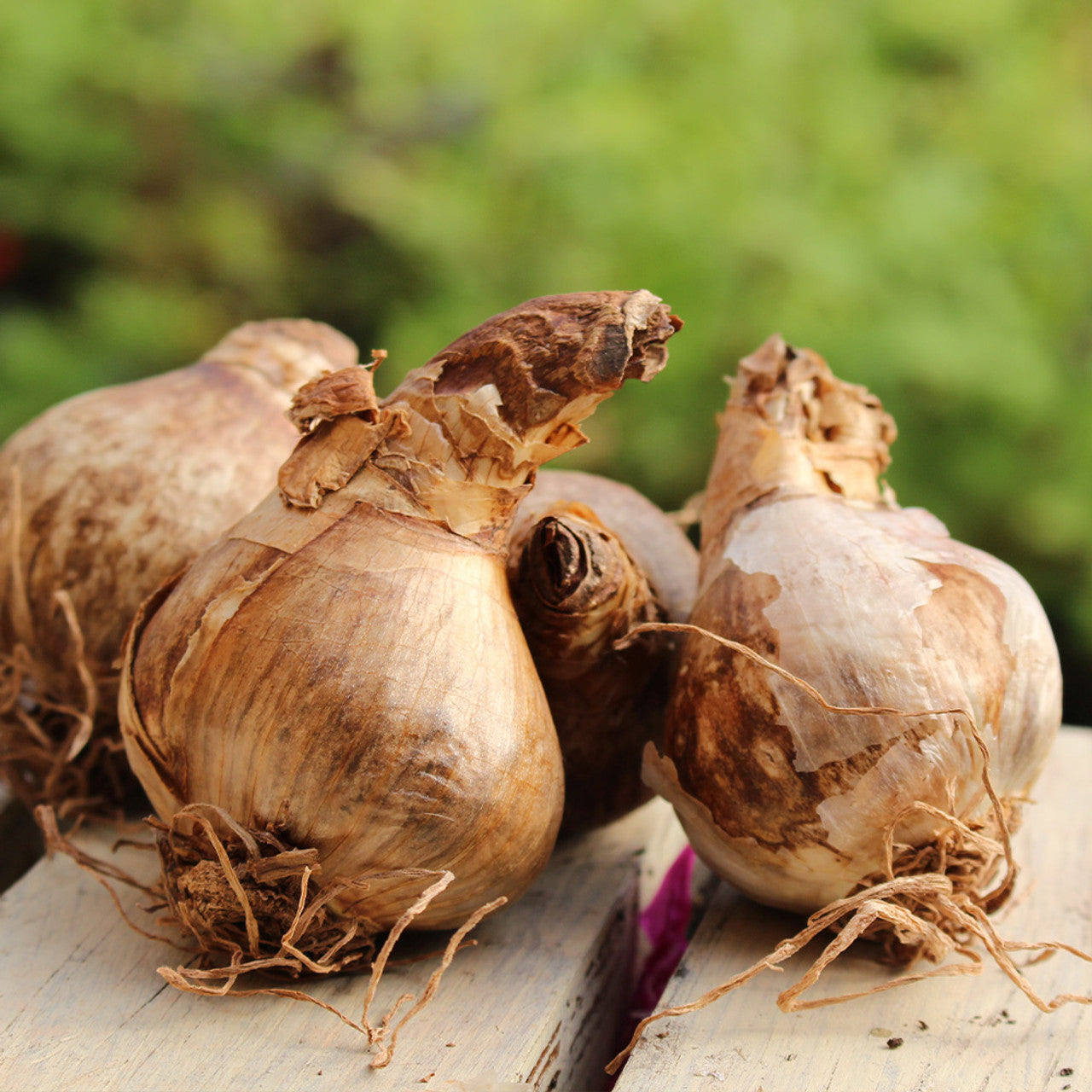Introduction to Papaya (Solo Hawaiian) Tropical Fruit Tree
Papaya, or Carica papaya, is a delicious tropical fruit known for its sweet, juicy flesh and vibrant orange color. Among the many varieties of papaya, the Solo Hawaiian variety stands out as one of the most popular and sought-after. This variety is prized for its small size, sweet taste, and easy-to-grow nature, making it a perfect addition to home gardens, especially in warm climates.
Whether you're a seasoned gardener or a beginner, growing your own Solo Hawaiian papaya tree can be a rewarding experience. In this comprehensive guide, we will cover everything you need to know about planting, caring for, and harvesting your papaya tree, ensuring that it thrives and produces an abundance of delicious fruit.
What is the Solo Hawaiian Papaya?
The Solo Hawaiian papaya is a variety of papaya that is smaller and more compact than other types of papayas, typically reaching about 10 to 12 inches in length. It is characterized by its vibrant orange flesh, which is sweet, soft, and rich in nutrients like vitamin C, fiber, and antioxidants. This tropical fruit tree is perfect for small to medium-sized gardens or containers, especially for those living in USDA hardiness zones 10-11.
Solo Hawaiian papayas are typically grown for their delicious fruit, but the tree itself is also an attractive ornamental plant with large, lobed leaves and a fast growth rate. With the right care, a healthy papaya tree can begin bearing fruit in as little as 9 to 12 months.
Why Choose Solo Hawaiian Papaya for Your Garden?
- Sweet, Delicious Fruit: Solo Hawaiian papayas are known for their exceptionally sweet and flavorful fruit. The flesh is smooth and orange, with a rich taste that is perfect for eating fresh, making smoothies, or adding to tropical salads.
- Fast Growth: One of the most appealing features of this papaya variety is its quick growth. If you start with seeds or a small tree, you can often expect fruit production in just 9 to 12 months, making it an ideal option for those looking for rapid rewards.
- Compact Size: The Solo Hawaiian papaya tree has a compact growth habit, making it suitable for smaller gardens, patios, or containers. It doesn't take up much space, but it still produces an impressive amount of fruit.
- Nutritional Benefits: Papayas are a powerhouse of nutrients. Rich in vitamin C, beta-carotene, and fiber, they offer various health benefits, including boosting immunity and aiding digestion.
How to Grow Solo Hawaiian Papaya Tree: A Step-by-Step Guide
1. Choosing the Right Location
Papayas thrive in warm, tropical climates with full sun exposure. Ideally, the Solo Hawaiian papaya should be planted in an area where it receives at least 6 to 8 hours of sunlight each day. If you live in a region that experiences cold winters, it’s best to plant your papaya in a greenhouse or indoors in containers.
- Climate: Solo Hawaiian papayas need temperatures between 70°F and 90°F (21°C to 32°C). They are sensitive to frost and cannot survive freezing temperatures.
- Soil: Papayas prefer well-draining soil that is rich in organic matter. Sandy loam or loamy soil works best. Ensure the soil has a slightly acidic to neutral pH (6.0 to 7.0).
2. Planting Your Solo Hawaiian Papaya Tree
You can start your papaya tree from seeds or purchase a young tree from a nursery.
- Starting from Seeds: If you are growing from seeds, soak them for 1 to 2 hours to promote germination. Plant them in small pots with well-draining potting soil. Sow the seeds about 1/2 inch deep and keep them moist but not waterlogged. Place the pots in a warm area with indirect light until they sprout.
- Planting Young Trees: If you’re planting a young papaya tree, dig a hole twice the size of the root ball. Carefully place the tree into the hole, ensuring that the root ball is level with the soil surface. Fill in the hole with soil, then water thoroughly to settle the soil around the roots.
3. Watering and Fertilization
Papayas are heavy feeders and require regular watering and fertilization to thrive.
- Watering: Keep the soil consistently moist, but ensure good drainage to prevent root rot. Water deeply once a week, but reduce watering during the winter months when the tree is dormant.
- Fertilizing: Use a balanced fertilizer with a higher amount of nitrogen to promote strong vegetative growth. Fertilize every 4-6 weeks during the growing season. Organic fertilizers, such as compost or well-aged manure, are also beneficial for providing essential nutrients.
4. Supporting the Tree’s Growth
As the Solo Hawaiian papaya grows, it may need some support to keep it strong and upright.
- Pruning: Papayas generally do not need heavy pruning, but it’s a good idea to remove any dead or damaged leaves and stems to maintain the tree’s health. Prune any side shoots that may interfere with fruit production or the shape of the tree.
- Staking: If your tree is tall and slender, consider staking it for additional support, especially when the fruit starts to develop.
How to Care for Your Solo Hawaiian Papaya Tree
1. Temperature and Protection
While papayas thrive in warm climates, they are sensitive to cold temperatures. If you live in an area that experiences frost or temperatures below 50°F (10°C), it’s best to plant your tree in a container that can be brought indoors during the colder months. You can also use frost blankets or cold frames to protect outdoor trees during the winter.
2. Pests and Diseases
Papaya trees can be susceptible to various pests, including aphids, mealybugs, and spider mites. Regularly inspect your tree for any signs of infestation and treat with organic insecticides or neem oil if necessary.
Papayas can also suffer from fungal diseases like powdery mildew and root rot. To prevent these issues, ensure proper air circulation around the tree and avoid overwatering.
Harvesting Solo Hawaiian Papayas
Papayas typically take 9 to 12 months to mature, depending on growing conditions. The fruit is ready to harvest when it has turned from green to yellow or orange. At this point, it should be soft to the touch but not mushy.
- How to Harvest: Gently twist the fruit off the tree, or use a sharp knife to cut it from the stem. If you are harvesting papayas that are still partially green, they will continue to ripen off the tree.
Conclusion: Enjoy the Sweetness of Your Homegrown Papaya (Solo Hawaiian) Tree
Growing a Solo Hawaiian papaya tree is a fulfilling and enjoyable gardening project that offers delicious rewards. Whether you're growing it for its ornamental value, its sweet fruit, or its nutritional benefits, this tropical fruit tree is sure to enhance your garden and provide years of enjoyment.
By following the tips in this guide, you can successfully plant, care for, and harvest your own Solo Hawaiian papayas, bringing a taste of the tropics right to your home. Ready to get started? Order your Solo Hawaiian Papaya Tree today and begin growing this tropical delight in your own garden!


